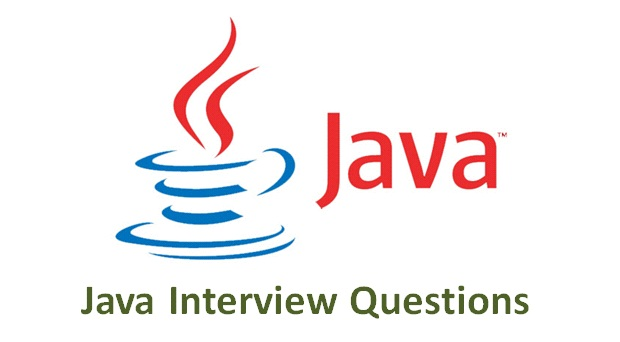Comparative Analysis of Classification Algorithms
Comparative Analysis of Classification AlgorithmsAbstractThis report provides a comprehensive analysis of the performance of three popular classification algorithms:Decision Tree, Logistic Regression, Naive Bayes, Random Forest, Support Vector Machines (SVM) and Multilayer Perceptron.The purpose of the study is to evaluate and compare these algorithms based on key performance metrics such as accuracy, precision, recall, F1-score, and false alarm rate (www.evidentlyai.com, n.d.), using two dif...
Classification Algorithms
Dataset IntroductionNSL-KDDThe NSL-KDD dataset is a dataset for intrusion detection, which is a type of supervised learning problem. It consists of a large number of network traffic records that are labeled as either normal or malicious. The dataset contains a total of 41,478 network traffic records, which are categorized into 10 different types of attacks, such as DoS, Probe, U2R, R2L, etc. The dataset is publicly available and can be downloaded from the following link: https://www.unb.ca/ci...
Sort
SortStable Sort: Stable sort is a sorting algorithm that preserves the relative order of equal elements in the sorted output.Local Sort: Local sort is a sorting algorithm that sorts elements in a small region of the list. Bubble SortBubble sort is a simple sorting algorithm that repeatedly steps through the list, compares adjacent elements and swaps them if they are in the wrong order. The pass through the list is repeated until the list is sorted. Stable Sort: YesLocal Sort: Yes 12Time compl...
Python - Basic Syntax Cheat Sheet
Python Basic Syntax Cheat SheetA concise reference for Python beginners and developers coming from languages like JavaScript, Java, or C++. 1. Variables & Data Types12345678x = 10 # inty = 3.14 # floatname = "Alice" # stringis_valid = True # booleanitems = [1, 2, 3] # listdata = {"a": 1} # dictnums = (1, 2, 3) # tupleunique = {1, 2, 3} # set Type Checking12type(x) # <class 'int'>isins...
Replication Support in MongoDB
OverviewMongoDB is a document-oriented NoSQL database that stores data in flexible, JSON-like documents (Wikipedia Contributors 2019). Unlike traditional relational databases, MongoDB does not require a predefined schema, allowing for dynamic and hierarchical data structures. This flexibility makes it particularly suitable for applications that handle diverse and evolving data formats, such as content management systems, real-time analytics platforms, and Internet of Things (IoT) applications...
MongoDB Basic Information
MongoDB Basic InformationMongoDB is a popular NoSQL database known for its flexibility, scalability, and ease of use. It stores data in a JSON-like format called BSON (Binary JSON), which allows for dynamic schemas and makes it easy to work with complex data structures. Key Features of MongoDB Document-Oriented Storage: MongoDB stores data in collections of documents, which can have varying structures. This allows for greater flexibility compared to traditional relational databases. Scalabili...
Port-Forward, Envoy Proxy, and Ingress
Understanding Kubernetes Networking: Port-Forward, Envoy Proxy, and IngressKubernetes (K8s) has revolutionized how we deploy, manage, and scale applications. However, understanding how network traffic flows inside and outside the cluster can still be challenging for many developers.In this post, we’ll explore three important concepts in Kubernetes networking — Port-Forward, Envoy Proxy, and Ingress — and understand how they fit together to enable secure and efficient communication in a Kubern...
Kubernetes Basic Info
Installationinstallation Conceptsconcepts







